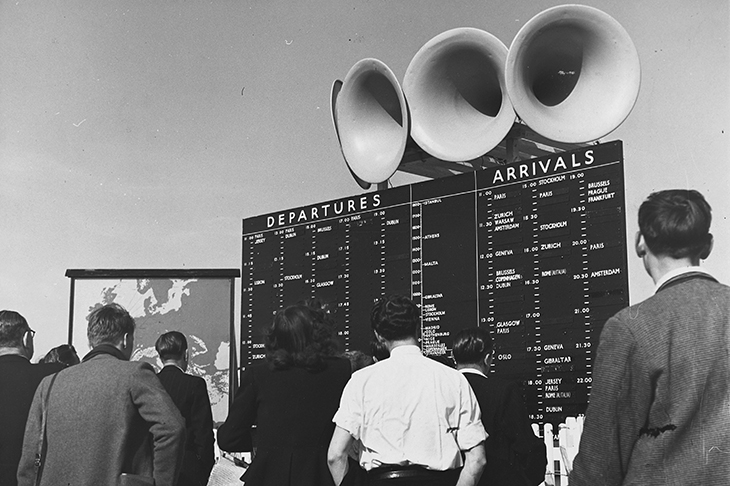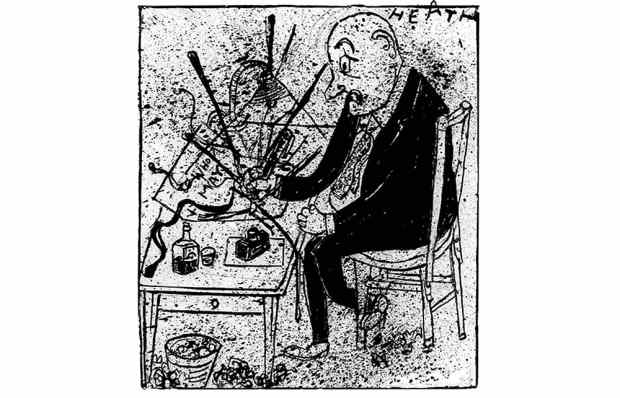Gladstone’s Library began as that most English of things: a great man’s visionary idea. William Gladstone, at the age of 85, decided that he had amassed too many books, and wanted to share them with the less fortunate. As his daughter Mary put it: ‘He wished to bring together books who had no readers with readers who had no books.’ He duly spent £40,000 of his own money on founding and building the library that bore his name, carrying 32,000 of his own volumes three-quarters of a mile between his home, Hawarden Castle in Flintshire, Wales, and the temporary structure that housed them, aided only by his valet and the long-suffering Mary.
He did not live to see the library built, but the John Douglas-designed building was completed in 1902, intended both as a permanent memorial to Gladstone and as a residential establishment where readers might come and take intellectual solace amidst books — 250,000 of them, to be exact. This includes a good many of Gladstone’s own collection. It’s well worth spending an afternoon in the splendidly appointed library annexe rummaging through the Grand Old Man’s volumes, as many of them are annotated with suitably splenetic exclamations at their writers’ idiocy. (‘Untrue, untrue, untrue’ in a Disraeli biography, for instance.)
The residential side of the library has a comforting sense of institutional solidity; half-clerical retreat, half-boarding school. The 26 rooms are reassuringly basic, with Roberts radios and good reading lamps replacing flat-screen TVs and power showers. Each of them is named after some great or worthy figure or idea. I was in the ‘Gogoniant’ room, a term that I was previously unfamiliar with; apparently it is the Welsh for ‘glory’, which certainly started my mornings with a sense of exultation. This is no place for slugabeds; it is assumed that you will wish to be up, breakfasted and at your desk in the library by 9 a.m. sharp, or woe betide you.
The other guests bustle around good-naturedly. I spy a Rabelaisian cleric, a plump red-faced character who seems to be perpetually laughing. Many of them can be encountered in the dining room, the so-called Food For Thought, where hearty helpings of school dinner-esque fare are served up three times a day (plus a much-loved afternoon tea), or in the Gladstone Room, a common room where a nightly honesty bar offers a selection of wines, beers and spirits to the thirsty scholars.
A visit to the Gladstone Library, how-ever brief it might be, has the welcome effect of removing you from the worries and concerns of the world. As Gladstone himself said: ‘There should be a sympathy with freedom, a desire to give it scope, founded not upon visionary ideas, but upon the long experience of many generations within the shores of this happy isle, that in freedom you lay the firmest foundations both of loyalty and order.’ It is this freedom that visitors here cherish, and long may it last.
Got something to add? Join the discussion and comment below.
Get 10 issues for just $10
Subscribe to The Spectator Australia today for the next 10 magazine issues, plus full online access, for just $10.
You might disagree with half of it, but you’ll enjoy reading all of it. Try your first month for free, then just $2 a week for the remainder of your first year.














Comments
Don't miss out
Join the conversation with other Spectator Australia readers. Subscribe to leave a comment.
SUBSCRIBEAlready a subscriber? Log in